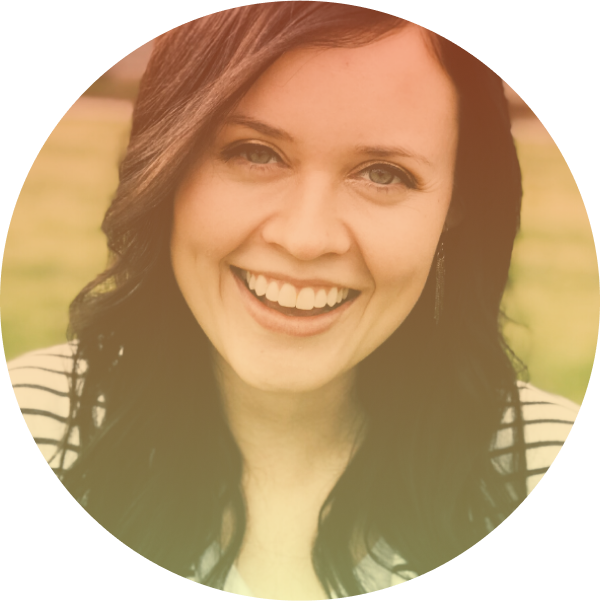Insights

Bug sticky traps, robot vacuum cleaners, and those smell-good things you plug into your wall.
These are all things you can set and forget.
But your company’s website? Not something you should add to that list.
I get it. You’ve just put loads of time and resources working with an agency partner to launch a new website into the wild. All you want to do now is wipe the sweat from your brow, post an announcement to your LinkedIn page, and then move onto your next marketing initiative.
But leaving your site static for several years until your board of directors approaches you for a redesign? Not the best strategy. If your website is intended to drive leads or revenue, you could be leaving dollars on the table by treating your website as a set-it-and-forget-it operation.
Your company’s website is meant to be iterative.
What exactly do I mean by that?
We all remember the scientific method, yeah? (I’ll come clean: I had to look up the exact steps for this article.)
The first six steps to the scientific method are:
The official final step is to communicate your experiment’s results — but, for the case of our discussion, let’s set the last step as: do it again. (Iterate, iterate, iterate!)
Let’s break down these steps through the lens of optimizing your website for conversion:
In this case, the question is: what roadblocks are preventing prospects from taking the next step on your website — whether that’s signing up for your newsletter, contacting your firm, or purchasing a product?
Research is the step we see so many businesses or agencies skip altogether when it comes to tackling a website project. Sure, a website built based on committee opinions — rather than on the behavioral data of your target audience — might lead to ROI. But do you want to invest thousands of your marketing budget for a website built on feelings and best guesses? You’re much more likely to see conversions with a website strategy built based on user research.
After reviewing user data, you “construct your hypothesis:” in this instance, creating a website UX strategy based on your research.
If your website doesn’t need a complete rebuild, this could mean constructing a hypothesis for an iterative change — for example, based on your research, you could hypothesize that you will see an uptick in conversions if you swap out the CTA copy on your homepage’s hero section.
Let your hypothesis loose into the wild: launch your site or A/B test your iterative change.
This is the fun part (well, for me at least): data analysis.
How long should you collect data before analyzing and drawing conclusions? Best practices vary; for A/B testing, a minimum of 2 weeks and maximum of 8 weeks is recommended. We at Starling prefer analyzing large data sets, and so run post-launch audits depending on traffic volume and our client’s optimization needs.
Draw conclusions from your data analysis:
As I mentioned above, the last “official” step in the scientific method is to share your results, but for our purpose it’s going to be this: take the conclusions you’ve drawn from the post-launch data, develop new hypotheses, and test again.
For example, we launched a new website for a client in January. We performed a 5-month post-launch audit and discovered extremely high user engagement on a specific page. Based on our analysis, we’ve formulated a strategy to further optimize this page through small, iterative changes. Once we implement these changes, we’ll collect and review user data to determine the impact these iterations have on conversions.
Let’s chat to see if we’re a good fit!

Ally Willis is Co-Founder and Head of Strategy at Starling
With a background in conversion copywriting since 2017, she helps clients ask questions, analyze research, test theories, and dig through the results to create custom website optimization strategies.